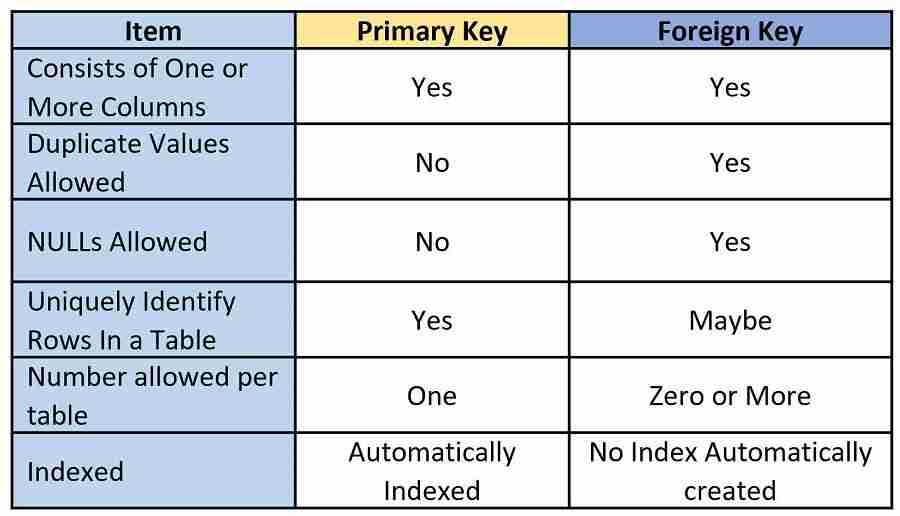Understanding the Life of a Loan: Key Factors and Implications for Borrowers
#### Introduction to the Life of a LoanThe **life of a loan** refers to the entire duration from when a loan is issued until it is fully paid off. This peri……
#### Introduction to the Life of a Loan
The **life of a loan** refers to the entire duration from when a loan is issued until it is fully paid off. This period encompasses various stages, including application, approval, disbursement, repayment, and, ultimately, closure. Understanding the life of a loan is crucial for borrowers as it helps them navigate the complexities of borrowing, manage their finances effectively, and make informed decisions.
#### Stages of the Life of a Loan
The life of a loan can be broken down into several key stages:
1. **Application**: This is the initial stage where the borrower submits a loan application to a lender. It involves providing personal and financial information, including income, credit history, and the purpose of the loan.
2. **Approval**: Once the application is submitted, the lender reviews it to determine the borrower's creditworthiness. This process may involve credit checks and evaluations of the borrower's financial situation.
3. **Disbursement**: After approval, the lender disburses the loan amount to the borrower. This can be done as a lump sum or in installments, depending on the type of loan.
4. **Repayment**: The repayment phase begins once the loan is disbursed. Borrowers are required to make regular payments, which typically include both principal and interest. The repayment schedule can vary based on the loan terms.

5. **Closure**: The life of a loan concludes when the borrower has made all required payments and the loan is officially closed. At this point, the borrower receives confirmation from the lender, and the loan is marked as paid in full.
#### Factors Influencing the Life of a Loan
Several factors can influence the life of a loan:
- **Interest Rates**: The interest rate significantly impacts the total cost of borrowing. Higher rates can lead to larger payments and a longer repayment period, while lower rates can make loans more affordable.
- **Loan Terms**: The length of the loan term affects monthly payments and overall interest paid. Shorter terms typically mean higher monthly payments but less interest over time, while longer terms lower monthly payments but increase total interest.
- **Borrower's Financial Situation**: A borrower's income, credit score, and existing debt play a crucial role in determining loan approval and terms. A strong financial profile can lead to better rates and terms.

- **Type of Loan**: Different types of loans (e.g., personal loans, mortgages, auto loans) have varying structures, terms, and repayment schedules, which can affect the overall life of the loan.
#### Implications for Borrowers
Understanding the life of a loan is essential for borrowers to manage their finances effectively. Here are some implications:
- **Budgeting**: Knowing the repayment schedule helps borrowers plan their budgets accordingly. It is crucial to ensure that monthly payments fit within their financial means.
- **Credit Score Impact**: Timely repayments positively affect credit scores, while missed payments can lead to negative consequences. Borrowers should be aware of how their repayment behavior influences their creditworthiness.
- **Early Repayment Options**: Some loans offer the option for early repayment without penalties. Borrowers should consider this if they have the means to pay off their loans sooner, as it can save on interest costs.

- **Loan Consolidation**: For borrowers with multiple loans, understanding the life of each loan can help them decide whether consolidation is a viable option to simplify payments and potentially lower interest rates.
#### Conclusion
In conclusion, the **life of a loan** is a critical concept for anyone considering borrowing money. By understanding the stages, influencing factors, and implications of loans, borrowers can make informed financial decisions that align with their goals and circumstances. Whether it’s for a home, car, or personal expenses, being knowledgeable about the life of a loan empowers borrowers to manage their debts responsibly and effectively.